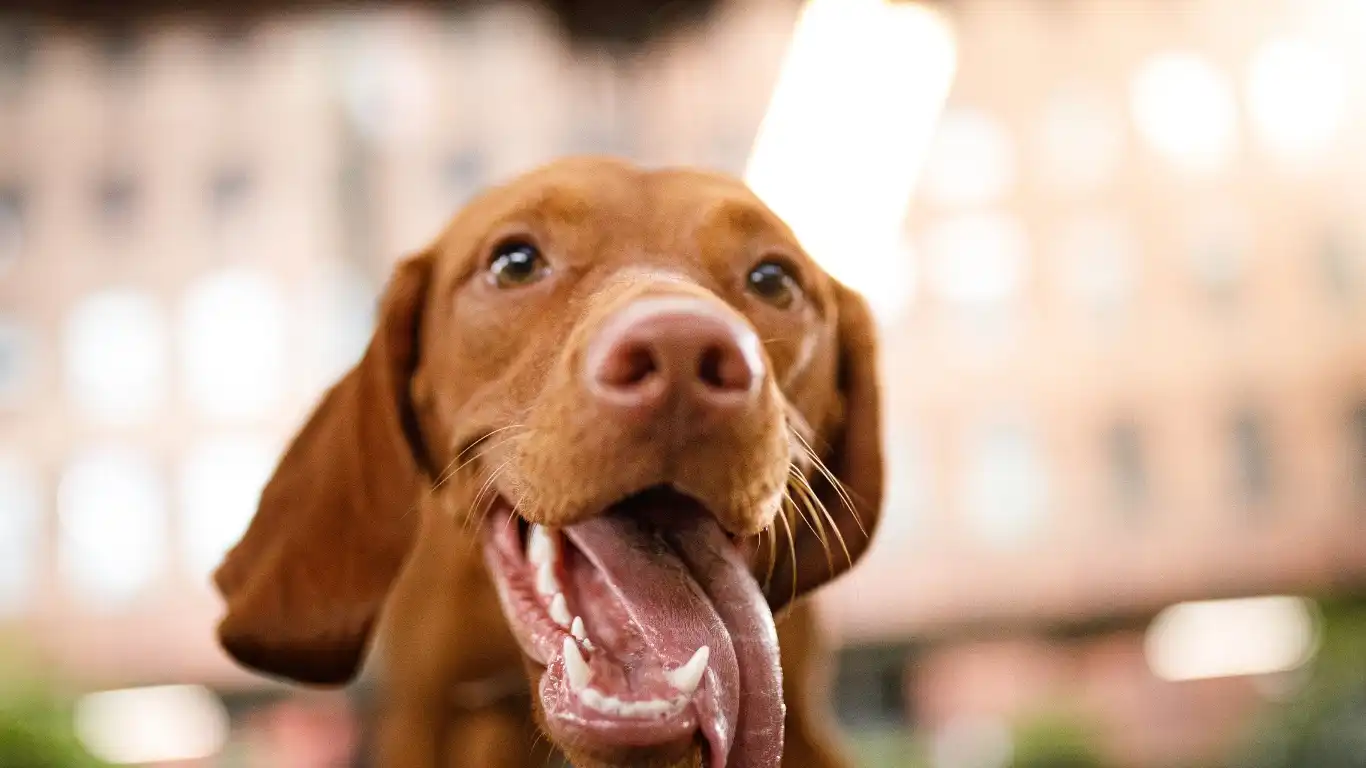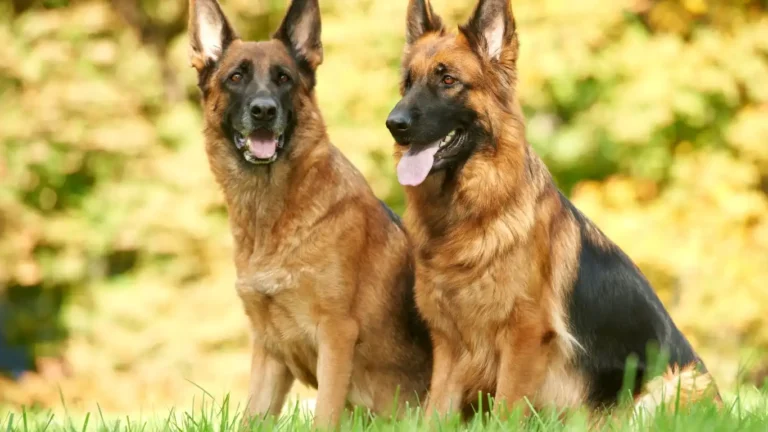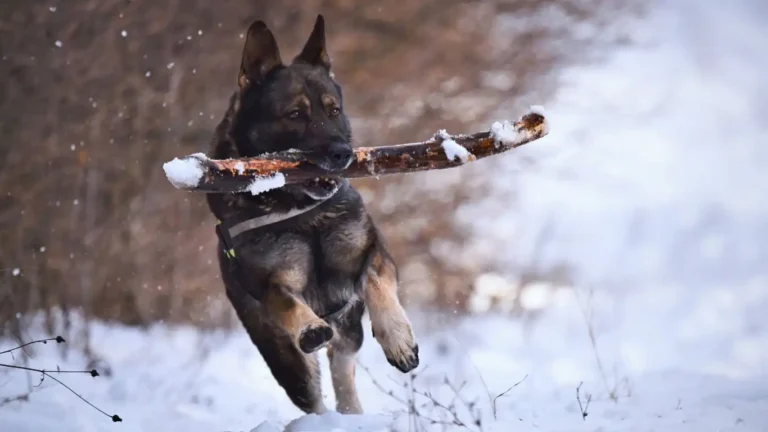How to Keep Your Dog Entertained During Bad Weather Easily
Rainy days, snowstorms, or just those gray skies that seem to stretch forever—bad weather can seriously cramp your pup’s style. If you’re like me, a seasoned vet tech who’s seen way too many stir-crazy dogs pacing around, you know that figuring out how to keep your dog entertained during bad weather isn’t just about fun. It’s about preventing anxiety, boredom-driven behaviors, and even some sneaky weight gain from all those extra treats we sometimes give out of guilt. Yep, I’ve been there. More than once. So, let’s talk real-world, vet-approved ways to keep your furry sidekick mentally and physically active—even when the skies aren’t cooperating.
Indoor Games That Tire Them Out (Mentally & Physically)
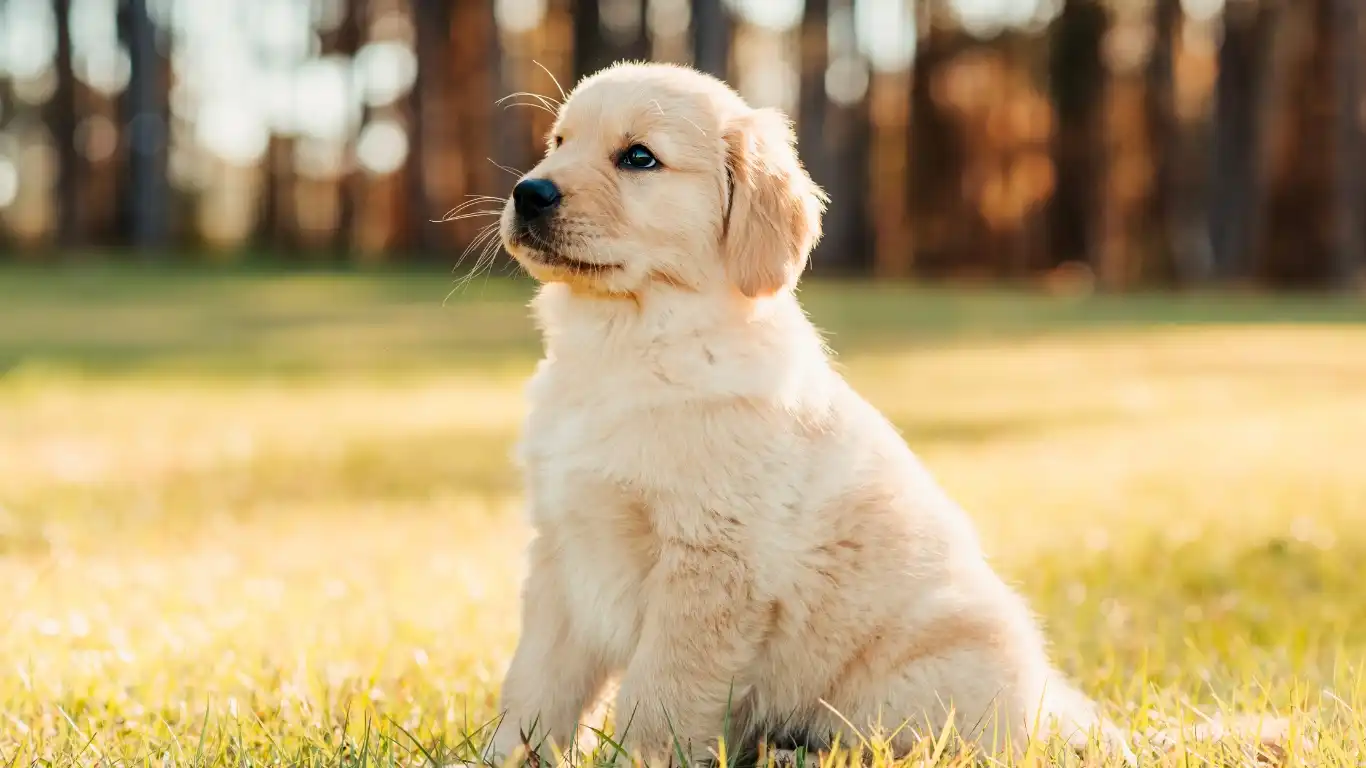
1. The Classic Treat Hunt
Okay, hear me out—this is a hit in my own house and something I’ve recommended to clients more times than I can count. Take your dog’s favorite treats (or better yet, a portion of their daily kibble if you’re watching calories) and hide them around the house. Behind couch cushions, under chairs, in open boxes. Make them work for it!
Not only does this tap into their natural sniffing instincts, but it also burns energy in a fun, non-destructive way. I’ve had even senior dogs get giddy over this one.
2. DIY Obstacle Course
Got couch cushions? A hallway? Boom—you’ve got a makeshift agility course. Use what you have: broomsticks balanced on books for jumps, a blanket draped over two chairs for a tunnel. My shepherd mix LOVES this. And let’s be real, watching them proudly conquer your pillow fortress is the serotonin boost we all need on a gloomy day.
Interactive Toys That Do the Heavy Lifting
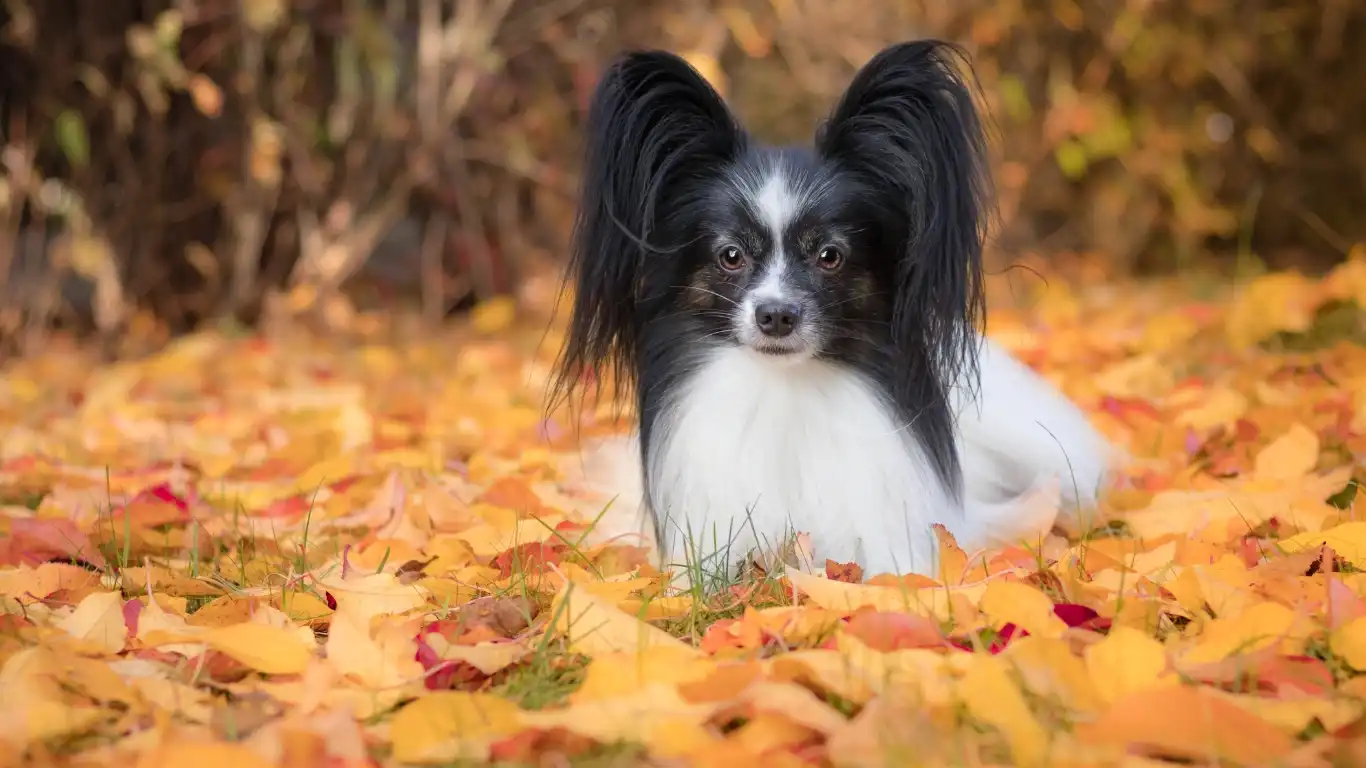
3. Puzzle Feeders & Food-Dispensing Toys
If you’re wondering how to keep your dog entertained during bad weather and you haven’t tried a puzzle feeder yet—now’s the time. I’m a big fan of slow feeders and toys like KONGs filled with moistened kibble, peanut butter, or even canned food (just make sure it’s balanced). You can freeze them to up the challenge.
Nutrition tip: These are a great way to make mealtime more engaging while controlling portion sizes. I often suggest this to pet parents managing their dog’s weight or needing mental stimulation for high-energy breeds.
4. The “Pick a Hand” Game
This one’s simple but dogs love it. Hold a treat in one hand, close both fists, and let your dog “choose” which hand has the goodie. It’s a great scent-training game, and believe me—dogs get surprisingly good at it over time. Plus, it builds your bond and gives them a mini challenge to focus on.
Training Sessions = Mental Workouts
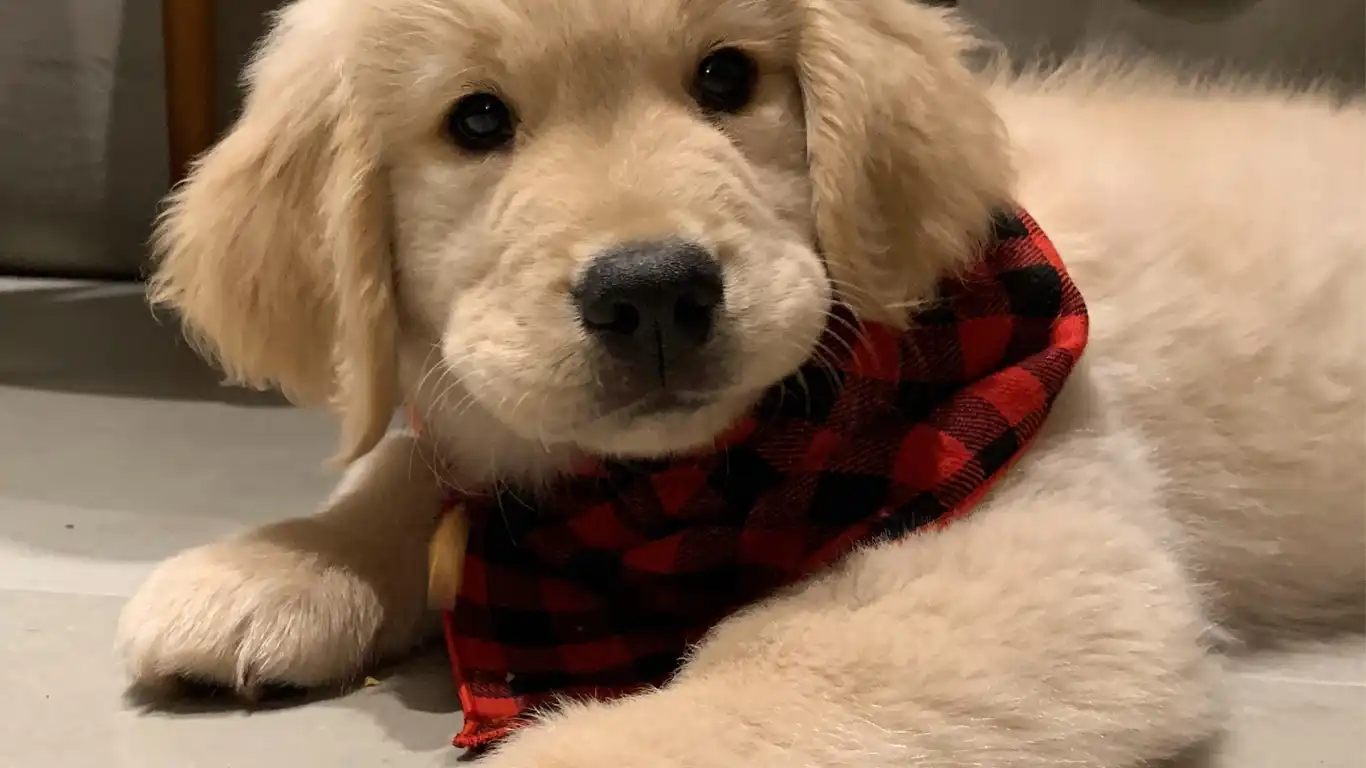
5. Refresher Course on Commands
Don’t underestimate how mentally tiring a 10-minute training session can be. Review the basics like “sit,” “stay,” and “come,” or introduce new ones like “spin” or “touch.” I like using a mix of verbal and hand signals to strengthen communication—it’s one of those things I picked up working long hours in vet clinics with noise distractions. It seriously improves their responsiveness.
6. Scent Training and Name Recognition
This one is super underrated. Teach your dog to identify different toys by name. Start with one toy, say its name every time you hand it over. Then add another. Eventually, you can ask your dog to bring specific toys by name. Great brain work, trust me. One of my old clients had a border collie who could recognize over 20 different toy names. Genius level stuff—and all from rainy-day training.
Make the Indoors Feel Special
7. Set the Mood
We don’t always think about this, but our dogs pick up on our vibes. Light a candle (dog-safe, of course), turn on some calming music or nature sounds, and create a chill environment. I often recommend this approach to clients whose pups suffer from weather anxiety—it helps make stormy days less scary and more cozy.
8. Rotate the Toy Box
If your dog has 12 toys out all the time, they’re probably bored of 10 of them. Try rotating toys weekly so each “new” one feels exciting again. Even as a vet tech, I used to forget this until I noticed how my own dogs perked up when I brought out a toy they hadn’t seen in a bit.
Bad weather doesn’t have to mean bad moods for your pup—or you. With a little creativity and a bit of planning, you can turn a dreary day into one full of fun, bonding, and enrichment.
Get Crafty with DIY Dog Enrichment Projects

9. Muffin Tin Puzzle
This one’s straight from my old clinic days when we had limited resources but tons of creative energy. Grab a muffin tin, place treats or bits of kibble in each cup, and cover them with tennis balls or small toys. Let your dog figure out how to remove the objects to get the goodies.
It’s surprisingly engaging—even for seasoned puzzle pros. I’ve had clients with senior dogs tell me their pups light up when this “game” comes out. Best part? It costs next to nothing to set up.
10. Snuffle Mats & DIY Versions
If you don’t already own a snuffle mat, you’re missing out. These are basically textured mats where you can hide food for your dog to sniff out. You can also make one yourself using fleece strips tied through a rubber sink mat (Pinterest is full of tutorials). This encourages natural foraging behavior and slows down eating too—double win!
From a nutrition standpoint, these mats are golden. They make food last longer and engage the brain at the same time. I’ve used them a lot with fast eaters or pups recovering from surgery who need mental stimulation but low physical activity.
Streaming Entertainment for Dogs? Yes, Really
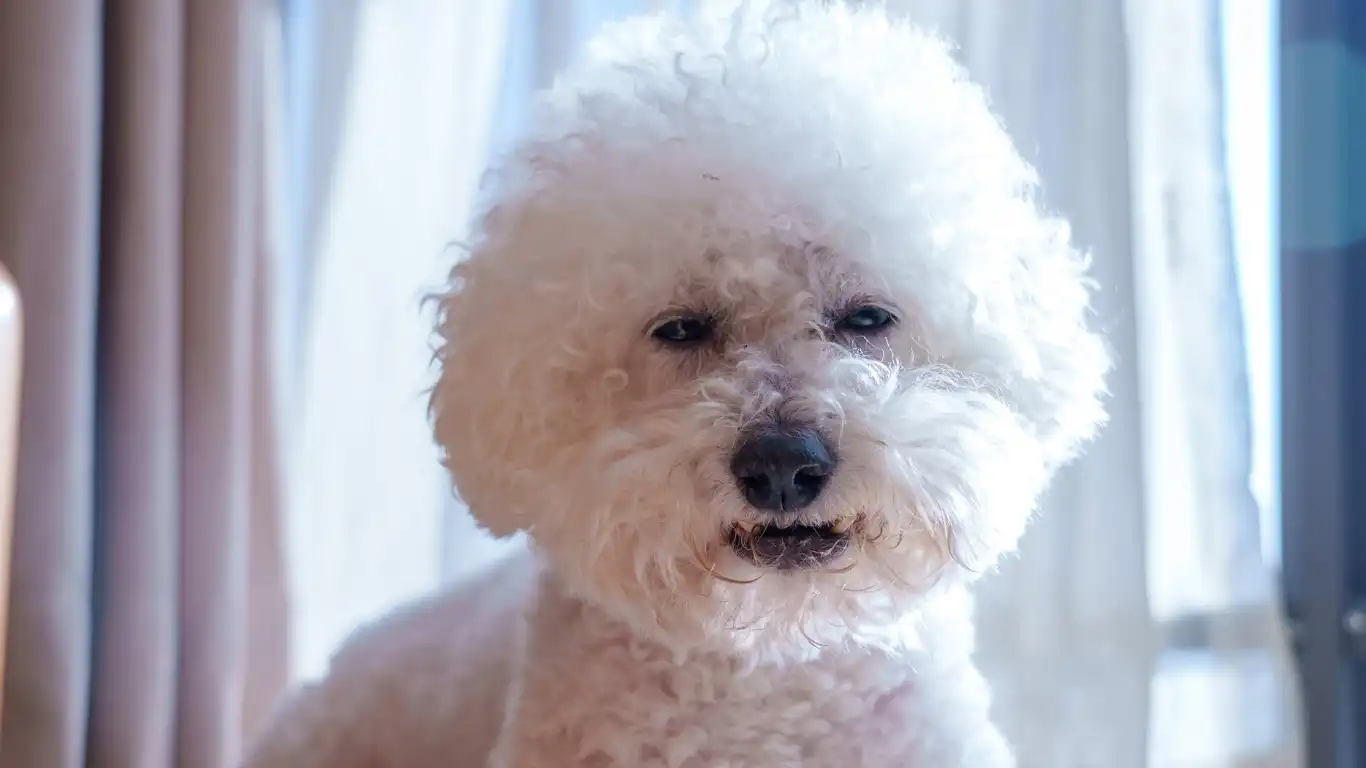
11. Dog-Friendly TV Shows & YouTube Channels
Okay, I was skeptical at first too. But I can’t tell you how many pet parents (and honestly, I’ve done it myself) use dog-focused streaming content to calm or entertain their pups during bad weather. There are actual TV stations like DogTV or specific playlists on YouTube designed for dogs—featuring nature scenes, squeaky toy sounds, or gentle music.
It’s not a babysitter, but it can buy you 20–30 minutes to get things done—or just give your dog something to focus on besides the storm outside. I’ve seen anxious dogs visibly relax when the right kind of content is on.
12. Play Audio Books or Podcasts for Company
Some dogs love the sound of human voices—it comforts them when you’re not fully engaged with them. I’ve told several clients to try playing a podcast or audiobook in the background, especially for dogs who suffer from separation anxiety or storm phobia.
Try a few different tones and voices to see what your dog responds to. Just skip the crime thrillers—unless your dog’s into that, no judgment!
Snacks, Chews, and Enrichment You Can Feel Good About
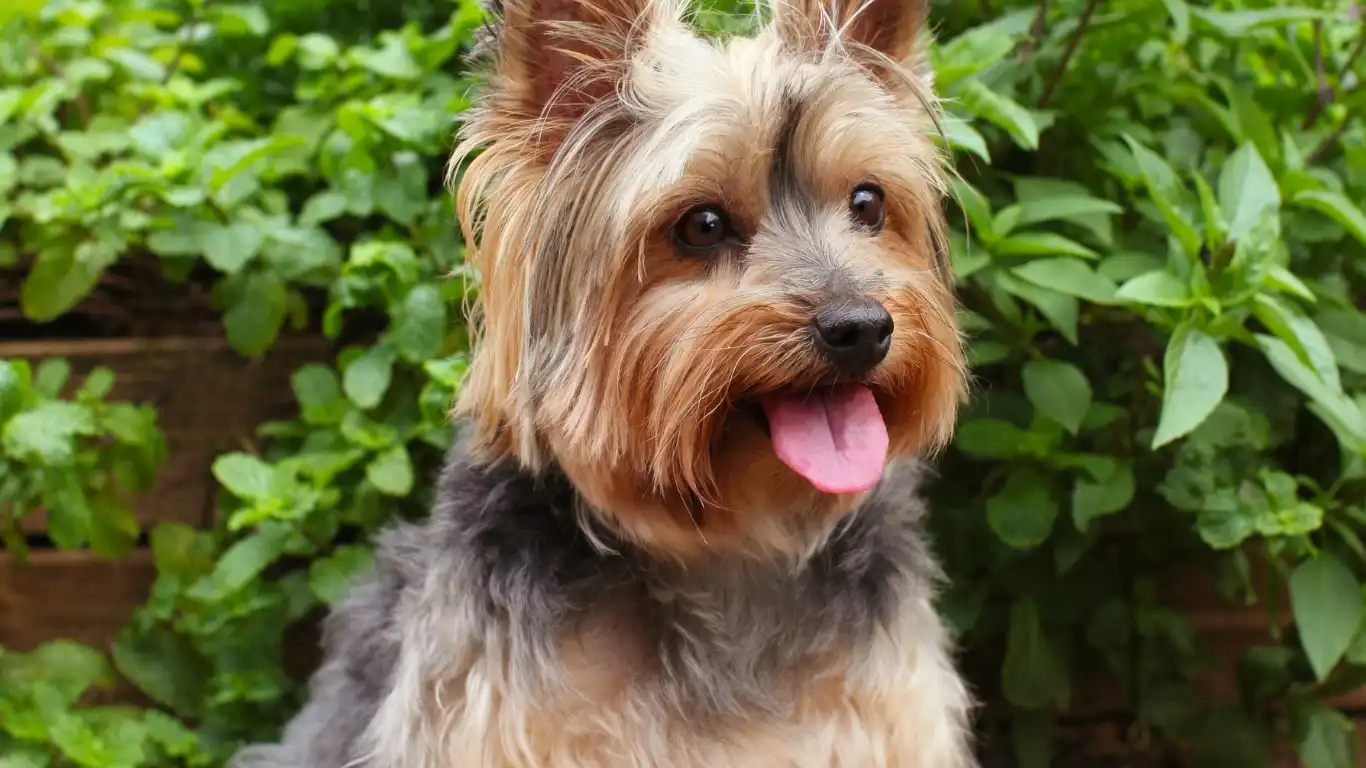
13. Long-Lasting Chews
One of my go-tos for both clinic and home life. Give your pup a natural chew—bully sticks, yak cheese chews, or dehydrated sweet potato slices. They’re not only tasty but great for dental health and boredom relief. Just make sure it’s size-appropriate and always supervise.
Nutrition pro tip: Read ingredient labels. Many of the commercial chews are full of fillers and additives that can cause GI upset or allergies. Stick with limited-ingredient or single-protein options whenever you can. I’ve recommended brands based on dogs’ allergy panels more times than I can count.
14. Stuffed Freezables
If you didn’t freeze that KONG earlier—now’s your chance. Fill it with things like mashed banana, plain Greek yogurt, unsalted peanut butter, or your dog’s wet food. Freeze it for a few hours and let them work at it while you get a moment to breathe. Or sip your own coffee without a nose nudging your elbow every five seconds.
Bonus: these also work wonders for crate training and post-op recovery downtime.
Bonding Activities That Strengthen Your Relationship
15. Gentle Massage & Grooming Time
Rainy days are the perfect excuse to slow down and give your dog some one-on-one TLC. I love doing mini massage sessions for my dogs, especially the older ones. Use gentle circular motions around their shoulders, hips, and neck. It’s calming for them—and for us.
While you’re at it, break out the brush. Grooming doesn’t have to be a chore. My clients often tell me their dogs are calmer and even more affectionate after regular grooming sessions. Plus, you’ll catch skin issues or lumps early this way—something we vet techs always preach!
16. Just Be Present
This one might sound a little cheesy, but it’s 100% true. Dogs don’t need perfection—they need presence. Sometimes the best way to keep your dog entertained during bad weather is just to sit with them. Talk to them, snuggle on the floor, or have a silly “chat” where you ask them how their day’s been.
It builds trust, lowers their stress levels, and honestly, I think it improves our mental health too. We underestimate the emotional bond that grows in these small, quiet moments. As someone who’s worked with animals for years, I’ve seen this connection heal nervous dogs more than training ever could.
Keeping Safety in Mind During Indoor Fun

17. Create a Safe Play Zone
One thing I’ve learned over years of working in veterinary clinics is that safety can easily get overlooked when we’re trying to keep our dogs entertained indoors. Before launching into any new game or activity, make sure the area is free from hazards like loose wires, small objects your dog could swallow, or slippery rugs that could cause injury.
Also, check that any toys or puzzles are durable and the right size for your dog’s breed and chewing style. I’ve seen way too many dogs accidentally choke or swallow parts from inappropriate toys, so better safe than sorry, right?
18. Watch for Stress Signals
Even fun activities can sometimes overwhelm our dogs. Keep an eye out for signs like yawning, lip licking, pacing, or trying to hide. If your dog starts showing these, it’s a good cue to take a break or switch to something quieter, like a calming massage or a chew toy.
During my years as a veterinary nurse, I’ve had many dogs who initially seemed bored or restless but actually were just stressed. Tuning into your dog’s mood is key to making bad weather days better for both of you.
Why Routine Still Matters on Rainy Days

19. Stick to Regular Feeding and Walk Times
Bad weather can mess with your plans, but dogs thrive on routine. If possible, try to feed your dog at the same times every day and go outside for short bathroom breaks on schedule, even if the full walk isn’t possible.
This consistency helps reduce anxiety and gives your dog a sense of stability. I often tell clients that a little fresh air and potty break (even if brief) goes a long way to prevent cabin fever.
20. Use Weather Days to Build New Habits
When you’re stuck indoors, it’s a perfect chance to work on new tricks, leash manners, or calming exercises. In my experience, teaching a dog how to relax on command or settle on a mat can be a game changer during storms or noisy weather.
Keep training sessions short and positive, using plenty of praise and treats. This not only keeps their brain busy but also builds your communication and trust.
My Final Thoughts on Keeping Your Dog Happy Indoors
After working with countless dogs and their humans, I can tell you this for sure: bad weather days don’t have to be a drag. With a bit of creativity, some patience, and a sprinkle of your dog’s favorite things, you can turn those gray skies into quality bonding time. From indoor games to puzzle feeders, and from gentle massages to streaming dog TV, there’s no shortage of ways to keep tails wagging and minds sharp.
Remember, the goal isn’t just to entertain but to enrich your dog’s life and keep them feeling safe, loved, and mentally engaged. If you notice any unusual behavior or health changes during these indoor days, don’t hesitate to reach out to your vet—sometimes boredom can mask discomfort or other issues.
References
- American Veterinary Medical Association
- American Society for the Prevention of Cruelty to Animals
- American Animal Hospital Association
Disclaimer
This article is for informational purposes only and is not intended to replace professional veterinary advice, diagnosis, or treatment. Always consult your veterinarian regarding any concerns about your pet’s health or behavior.
